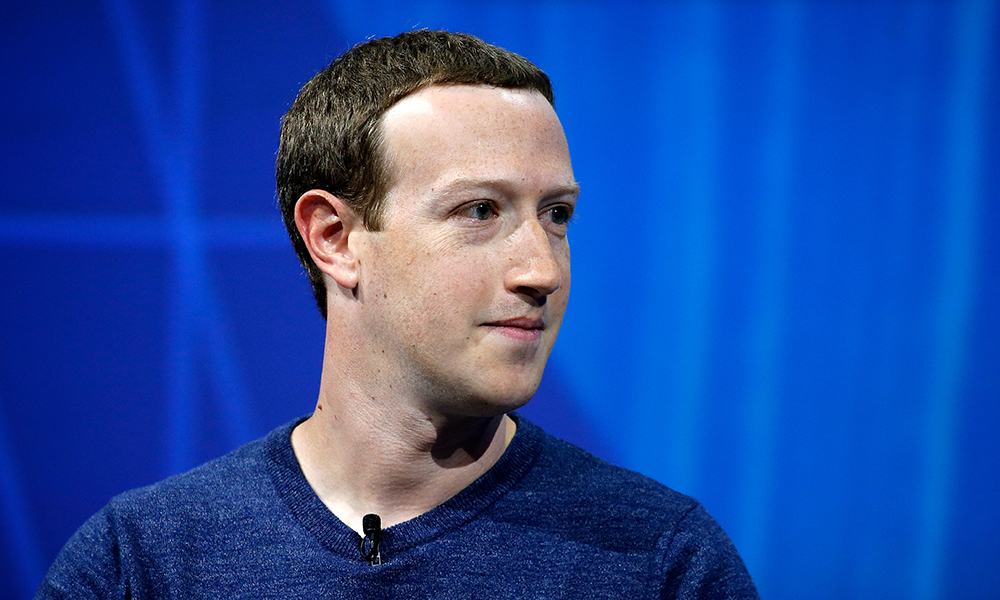
从浏览无休无止的Netflix建议,到Spotify新人工智能DJ令人毛骨悚然的准确性,推荐算法已经成为我们数字生活的傀儡操纵者。Meta旗下的Instagram于2022年7月在其信息推送中加入了人工智能功能,可以向用户显示用户未关注的账户的推荐帖子,此举引发了大规模不满,就连美国女演员、模特凯莉·詹娜也转发了“让Instagram做回Instagram”的请愿。
一年后,Meta揭开了曾经导致混乱的这种无形算法的神秘面纱。在Meta全球事务总裁尼克·克莱格发表的一篇博客中,Meta宣布将公布22个“系统卡”,以帮助人们了解Facebook和Instagram的人工智能排名系统和预测。Meta还计划在TikTok克隆版“Reels”上添加“我为什么会看到这项内容”的功能,向用户解释他们看到推荐内容的原因。

克莱格在接受科技博客the Verge采访时表示:“我们面临的最大的问题之一是,由于互动的过程是无形的,因此很难向外行人解释。当然,留出的信息真空被最严重的恐惧和怀疑填满。”
克莱格所说的最严重的怀疑有充分证据,例如《纽约客》(New Yorker)把这些情绪称为“算法焦虑”。随着我们的屏幕被基于无形算法推荐的内容所占据,不安的情绪与日俱增,让我们开始怀疑我们所看到的究竟是我们自己选择的内容,还是我们只是神秘代码的棋子而已。Meta的首席执行官马克·扎克伯格在公司最近的营收电话会议上称,Facebook和Instagram目前超过20%的推送内容是基于人工智能的推荐。
Meta提高算法透明度的措施,希望能够打消一些可能在用户中流行的阴谋论。TikTok和推特(Twitter)也曾经进行过类似的尝试。然而,the Verge指出,算法透明并不能从根本上解决问题。虽然用户了解了算法的工作原理,却对这些系统的工作方式感到难以接受。通过这项新功能,用户可以了解这些高度准确的预测如何细致地跟踪他们的一举一动,但并非所有人在看到它的工作原理之后都能够接受现实。
随着透明与不安之间的较量日益激烈,有一件事情是显而易见的:社交媒体平台正在朝着更开放的未来大步前进。此外,Meta正在增加与学术研究人员的合作,以深入了解和完善其系统,从而更好地帮助全世界解决这个问题。
显然,Meta决定减轻用户的焦虑,帮助用户更好地了解其系统,甚至希望借此恢复公司的信誉。(财富中文网)
译者:刘进龙
审校:汪皓
从浏览无休无止的Netflix建议,到Spotify新人工智能DJ令人毛骨悚然的准确性,推荐算法已经成为我们数字生活的傀儡操纵者。Meta旗下的Instagram于2022年7月在其信息推送中加入了人工智能功能,可以向用户显示用户未关注的账户的推荐帖子,此举引发了大规模不满,就连美国女演员、模特凯莉·詹娜也转发了“让Instagram做回Instagram”的请愿。
一年后,Meta揭开了曾经导致混乱的这种无形算法的神秘面纱。在Meta全球事务总裁尼克·克莱格发表的一篇博客中,Meta宣布将公布22个“系统卡”,以帮助人们了解Facebook和Instagram的人工智能排名系统和预测。Meta还计划在TikTok克隆版“Reels”上添加“我为什么会看到这项内容”的功能,向用户解释他们看到推荐内容的原因。
克莱格在接受科技博客the Verge采访时表示:“我们面临的最大的问题之一是,由于互动的过程是无形的,因此很难向外行人解释。当然,留出的信息真空被最严重的恐惧和怀疑填满。”
克莱格所说的最严重的怀疑有充分证据,例如《纽约客》(New Yorker)把这些情绪称为“算法焦虑”。随着我们的屏幕被基于无形算法推荐的内容所占据,不安的情绪与日俱增,让我们开始怀疑我们所看到的究竟是我们自己选择的内容,还是我们只是神秘代码的棋子而已。Meta的首席执行官马克·扎克伯格在公司最近的营收电话会议上称,Facebook和Instagram目前超过20%的推送内容是基于人工智能的推荐。
Meta提高算法透明度的措施,希望能够打消一些可能在用户中流行的阴谋论。TikTok和推特(Twitter)也曾经进行过类似的尝试。然而,the Verge指出,算法透明并不能从根本上解决问题。虽然用户了解了算法的工作原理,却对这些系统的工作方式感到难以接受。通过这项新功能,用户可以了解这些高度准确的预测如何细致地跟踪他们的一举一动,但并非所有人在看到它的工作原理之后都能够接受现实。
随着透明与不安之间的较量日益激烈,有一件事情是显而易见的:社交媒体平台正在朝着更开放的未来大步前进。此外,Meta正在增加与学术研究人员的合作,以深入了解和完善其系统,从而更好地帮助全世界解决这个问题。
显然,Meta决定减轻用户的焦虑,帮助用户更好地了解其系统,甚至希望借此恢复公司的信誉。(财富中文网)
译者:刘进龙
审校:汪皓
From swiping through endless Netflix suggestions to the eerie accuracy of Spotify’s new A.I. DJ, recommendation algorithms have become the puppet masters of our digital lives. Meta-owned Instagram introduced the feature to its own feed last July, showing users recommended posts from accounts they don’t follow, which caused an uproar so large that even Kylie Jenner shared a petition to “Make Instagram Instagram again.”
Now, a year later, Meta is pulling back the curtain on the invisible calculations that caused so much turbulence. In a blog post from Meta’s president of global affairs Nick Clegg, the company announced it’ll be publishing 22 “system cards,” which will provide insights into Facebook and Instagram’s AI ranking systems and predictions. Meta also plans to expand the “Why Am I Seeing This?” feature, which shows a user why they’ve been served recommended content, to its TikTok clone “Reels.”
“One of the biggest problems we have is because that interaction is invisible to the naked eye, it’s pretty difficult to explain to the layperson,” Clegg said in an interview with the Verge. “Of course, what fills that vacuum is the worst fears and the worst suspicions.”
The worst suspicions that Clegg speaks of have been well documented, the New Yorker dubbing it “algorithmic anxiety.” As our screens serve up content based on invisible calculations, an uneasiness has grown, leaving users to question whether we are scrolling through our own choices or if we’re mere pawns in the hands of mysterious code. Meta CEO Mark Zuckerberg said on the firm’s most recent earnings call that over 20% of content in Facebook and Instagram feeds is now AI-recommended.
Meta’s step to make its algorithm more transparent, something both TikTok and Twitter have attempted, will hopefully dispel some of the tinfoil hat theories users might have about it. However, as the Verge points out, that transparency may not address the underlying issue — users understand how it works, but are simply uncomfortable with how these systems function. With this new feature, users have the power to see all the eerily accurate predictions employed to meticulously track their every move, and not everyone has the stomach for sausage once they see how it’s made.
As the battle between transparency and unease wages on, one thing is clear: social media platforms are taking strides towards a more open future. What’s more, Meta is expanding its collaborations with academic researchers to better understand and improve its systems, something that will better help the world navigate this landscape.
Clearly, Meta is determined to navigate its user’s anxieties and provide them with a better understanding of its systems — and potentially aiming to restore its reputation in the process.






